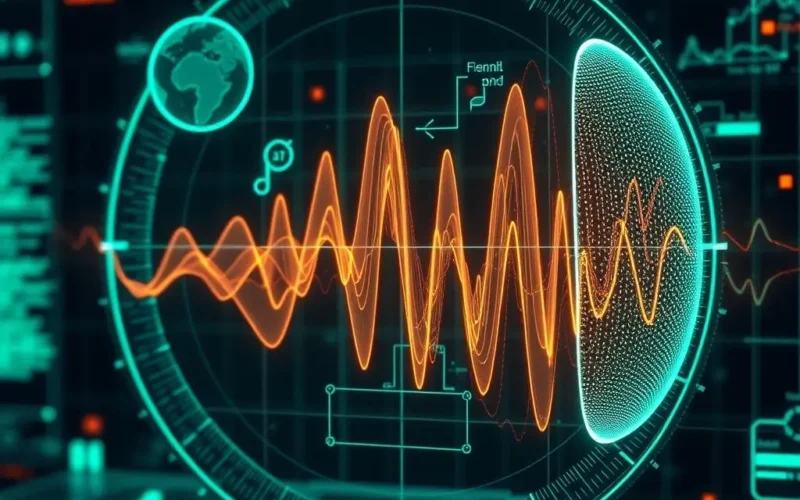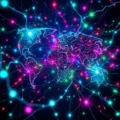Imagine a world where the barks, chirps, clicks, and calls of the animal kingdom weren’t just background noise, but a symphony of meaning we could actually comprehend. What if you could truly grasp what your dog is ‘saying’ when it wags its tail in a certain way, or decipher the intricate, haunting songs of whales? This isn’t just fodder for science fiction anymore. We’re standing on the precipice of a potential future where Artificial Intelligence might just hold the key to unlocking these profound mysteries, building a bridge across the species divide.
Scientists around the globe are leveraging the power of AI and machine learning to dive deep into the complex patterns embedded within animal sounds and behaviors. They’re searching for the subtle structures, the hidden grammars, the very ‘clues’ that might constitute animal ‘languages’ or at least sophisticated communication systems we’ve only partially understood until now.
Think about the incredible empathy and deep understanding that could blossom if we could truly communicate across species. It wouldn’t just be a fascinating scientific achievement; it could catalyze massive breakthroughs in wildlife conservation, reshape our ethical considerations regarding animal welfare, and fundamentally transform our relationship with the natural world and the planet we share.
The notion of decoding nature’s voice feels almost poetic, hinting at a future world richer, more connected, and more responsible. Research is happening right now, pushing the boundaries of what we thought was possible, turning this once-distant dream into a tangible scientific pursuit.
If the idea of unlocking animal secrets blows your mind and makes you ponder the incredible possibilities, you might enjoy this quick visual peek:
Table of Contents
Why AI is the Game Changer in Animal Communication Research
For centuries, humans have observed animals, trying to interpret their actions and vocalizations. We’ve learned a lot, but much of it remains observational and often speculative. The sheer volume and complexity of animal communication data – from the rapid-fire clicks of dolphins to the low-frequency rumbles of elephants or the diverse calls of birds – are simply too vast for human analysis alone.
This is where Artificial Intelligence steps in. AI, particularly machine learning algorithms, excels at identifying patterns within enormous datasets that would be invisible or impossible for humans to process efficiently. By feeding massive amounts of audio recordings, video footage, and physiological data into AI models, researchers can begin to untangle the intricacies:
- Pattern Recognition: AI can identify recurring sequences in sounds, variations in pitch and rhythm, and correlations between vocalizations and specific behaviors or environmental contexts.
- Complexity Handling: Animal communication is often multi-modal, involving sounds, gestures, facial expressions, scents, and even bioluminescence. AI can potentially integrate and analyze these diverse data streams simultaneously.
- Predictive Analysis: Once patterns are identified, AI might predict an animal’s behavior based on its communication, offering insights into their intentions or needs.
- Translation (Hypothetical): The ultimate goal isn’t necessarily a direct word-for-word translation like a human language. Instead, AI might help us understand the *meaning* or *function* of specific animal signals within their own communication systems.
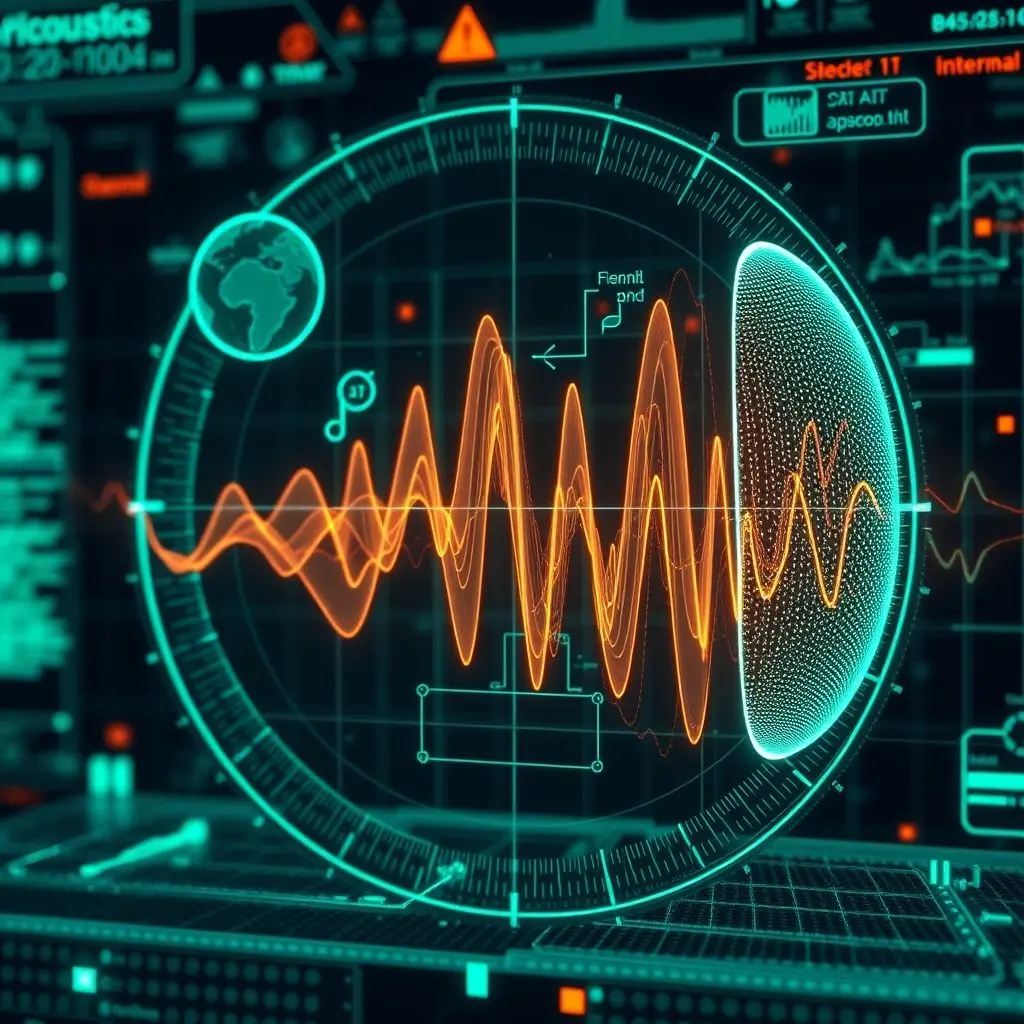
Current Frontiers: Projects Pioneering the AI-Animal Interface
The dream of talking to animals with AI isn’t confined to futuristic speculation. Real, cutting-edge research projects are underway right now:
Project CETI (Cetacean Translation Initiative): Perhaps one of the most ambitious efforts, Project CETI focuses on sperm whales. These highly social animals communicate using complex sequences of clicks called ‘codas’. Researchers are using bioacoustics, robotics, and advanced machine learning to listen to, record, and analyze millions of sperm whale codas. The aim is to not just catalog these sounds but to identify if they contain structural elements akin to language and eventually, perhaps, understand what information is being conveyed. This project leverages massive data collection efforts using hydrophones and other sensors to build an unprecedented dataset of whale communication.

Dolphin Communication Studies: Dolphins are renowned for their intelligence and complex vocalizations, including whistles and burst-pulsed sounds. Various research groups have used machine learning to analyze dolphin whistles, looking for patterns, individual signatures, and correlations with behavior. While we are far from having a ‘dolphin dictionary’, AI is helping identify distinct calls and potentially understand their usage within social contexts.
Decoding Bird Song: Bird songs, particularly those of complex mimics like mockingbirds or starlings, are incredibly intricate. AI is being used to analyze the structure, learning process, and potential meaning within these elaborate vocalizations. This research provides insights into animal learning and the evolution of complex communication.
Earth Species Project: This non-profit organization is dedicated to decoding non-human communication using machine learning. They are building open-source tools and applying AI techniques to datasets from various species, including whales, birds, and bats, aiming to accelerate the field of interspecies communication research.
These projects are foundational. They require not just powerful AI but also deep biological understanding, sophisticated data collection methods, and careful ethical consideration.
The Profound Potential: More Than Just Conversation
If AI helps us truly understand animal communication, the implications are monumental:
- Enhanced Conservation Efforts: Understanding what animals are ‘saying’ about their environment, threats, or needs could revolutionize conservation strategies. Imagine knowing if a whale pod is distressed by noise pollution or if a certain habitat is ideal based on animal vocalizations.
- Improved Animal Welfare: In human care settings, understanding animal communication could lead to better environments, less stress, and improved well-being for domesticated animals and those in zoos or research facilities.
- Deeper Scientific Understanding: Decoding animal communication offers unparalleled insights into animal cognition, social structures, evolutionary biology, and even the origins of human language.
- Fostering Empathy and Connection: On a fundamental level, understanding other species on Earth could foster a profound sense of connection and responsibility, potentially shifting our perspective from one of dominance to one of coexistence.
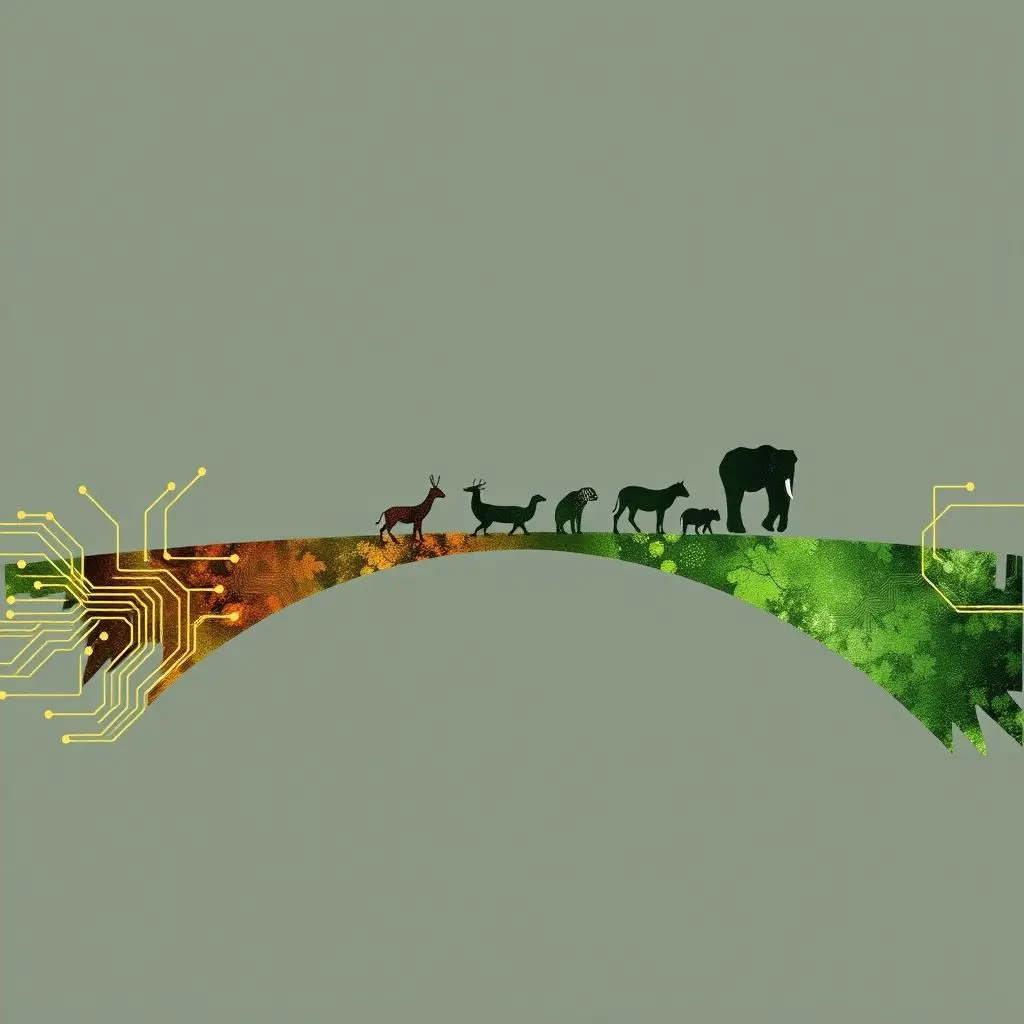
Navigating the Hurdles: Challenges and Ethical Questions
While the possibilities are exciting, this field faces significant challenges:
- Defining ‘Language’: We must avoid anthropomorphizing. Animal communication systems are likely very different from human language. The goal is to understand *their* system, not force it into a human linguistic box.
- Data Scarcity and Quality: Getting sufficient, high-quality data from wild animals in their natural habitats is incredibly difficult and resource-intensive.
- Context is King: Communication is heavily dependent on context (who is communicating, where, when, why). Capturing and integrating this contextual data is complex.
- Interpretation Challenges: Even if AI identifies patterns, interpreting what those patterns *mean* from the animal’s perspective is a massive hurdle that requires significant biological and behavioral expertise.
- Ethical Considerations: What are the ethical implications of potentially ‘speaking’ to animals? How do we ensure this technology is used for their benefit and not exploited? We must proceed with caution and prioritize animal well-being.
This isn’t a simple translation problem; it’s a deep dive into alien minds and communication systems.
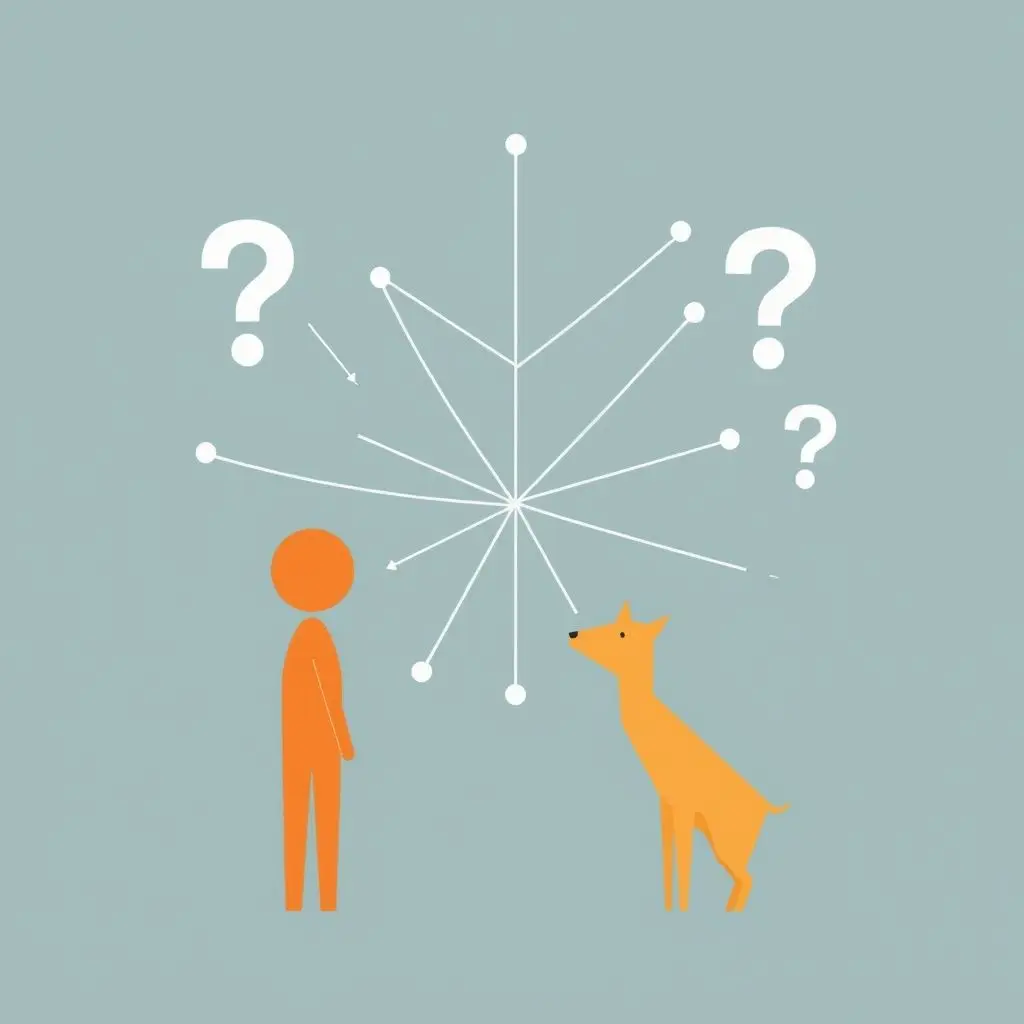
Looking Ahead: The Future of Interspecies Dialogue
We are still in the early stages of using AI to understand animal communication. While direct, conversational ‘dialogue’ with a dolphin or a dog remains a distant prospect, the current research is building the foundational knowledge and tools necessary for future breakthroughs.
As AI technologies advance, particularly in areas like deep learning and generative models, and as data collection methods become more sophisticated (think bio-logging tags, autonomous listening stations, and advanced imaging), our ability to decode complex animal signals will undoubtedly grow. The path ahead involves a collaborative effort between AI researchers, biologists, ethologists (animal behaviorists), linguists, and ethicists.
Perhaps one day, we won’t just observe the natural world, but truly listen to it, understanding the intricate narratives of life unfolding around us. This endeavor isn’t just about technology; it’s about expanding our empathy, revising our place in the world, and fostering a more harmonious relationship with all living beings.
FAQs: Your Questions Answered
Q: Are scientists trying to teach animals human language using AI?
A: No, the primary goal is not to teach animals human language. Instead, researchers are using AI to understand the animals’ *own* existing communication systems, which are likely structured very differently from human language.
Q: Could we really have a conversation with an animal like talking to another human?
A: That’s a very complex question. Animal cognition and communication likely differ fundamentally from ours. While AI might help us understand their signals and potentially respond in ways they understand (like playing back specific calls or sounds), a direct, human-style conversation is unlikely and may not even be the right goal. The aim is mutual understanding, not linguistic equivalence.
Q: Which animals are researchers focusing on?
A: Research is being conducted on a variety of species with complex communication, including marine mammals like whales and dolphins, various bird species, bats, and even some insects and primates. The choice of animal often depends on the availability of data and the specific research question.
Q: How long until we can understand animals using AI?
A: There’s no definitive timeline. This is a long-term, complex scientific endeavor. Progress will be incremental, likely starting with understanding basic states (like distress or presence of food) and gradually building a more nuanced picture of their communication over decades.
Q: What are the biggest challenges holding back this research?
A: Key challenges include gathering enough high-quality data from diverse contexts, developing AI models sophisticated enough to handle the complexity and multi-modality of animal communication, interpreting the biological meaning of AI-identified patterns, and addressing significant ethical considerations.
Q: How can I learn more or support this research?
A: You can follow the work of organizations like Project CETI, the Earth Species Project, and university research labs specializing in bioacoustics and animal cognition. Supporting conservation efforts also indirectly helps preserve the species being studied.
A Path Towards Deeper Connection
The journey to potentially communicating with animals using AI is long and filled with scientific, technical, and ethical challenges. Yet, the prospect of gaining unprecedented insight into the natural world, fostering genuine empathy across species, and leveraging this understanding for the benefit of the planet is a powerful motivator. It’s a field where technology meets biology, where data meets empathy, and where the future promises a potentially transformative shift in how we perceive and interact with the incredible diversity of life on Earth.
If exploring the cutting edge of tech and its impact on our world excites you, staying informed is key. Keep an eye on this space – the sounds of the future might just involve listening a lot more carefully to the voices of nature.
